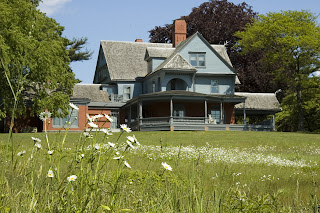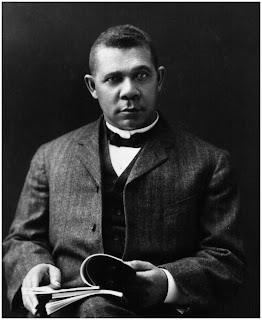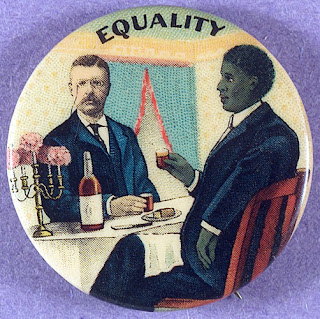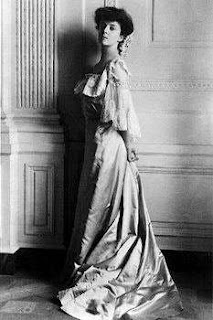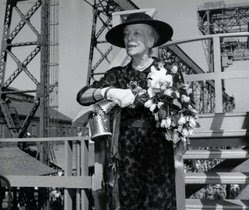
Teddy was the first,and perhaps slightly less known, Roosevelt to become President in 1901. When he was Vice President, and off on a "bully" hike as he liked to say, leading the "strenous life" that he so enjoyed, he was told that President McKinley had been shot. Teddy Roosevelt was President for eight years. During this time he showed himself to be a complicated man who enjoyed going into battle as much as a long walk in the woods.
Teddy Roosevelt was, indeed, related to the other Roosevelt President, Franklin Delano Roosevelt. They were distant cousins. But TR, as many people called him, had an even closer connection to Franklin's wife, Eleanor Roosevelt.

Growing up, TR had two sisters and a brother. He was very close with his brother, Elliot. They both married and each had a daughter. Teddy's daughter, Alice, was born in February, 1884 and Elliot's daughter Eleanor was born in October of the same year. Elliot had a difficult life and died fairly young. Eleanor was always close with her Uncle despite being much shyer and more soft spoken than her cousin Alice.
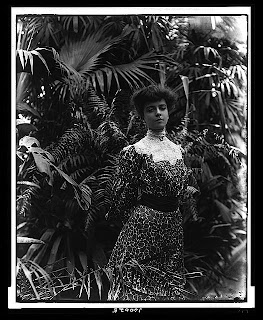
Alice Roosevelt, the oldest of TR's six children, was a character in her own right. She deserves a full post of her own.
If you are in New York City, you can learn a lot more about Teddy Roosevelt's life by visiting the home he lived in as a child. Along with a taking an interesting tour of the house, you can see his exercise bicycle, the bloody shirt he was wearing when he was shot while giving a speech (he kept talking for another hour), and a real elephant foot that he used as a garbage can.
Teddy Roosevelt Birthplace 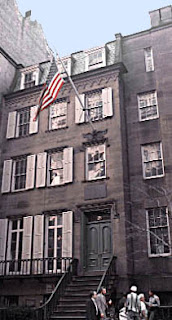
You can also visit the home he shared with his wife and six children on Long Island called Sagamore Hill. Inside the house you'll see the first telephone used by a President, many animal heads TR shot while on safari, and the room and bed which he died in. Outside you can stroll down to the water to where the family went swimming or take a look at the unusual pet cemetary where the kids favorite pets are buried.
Sagamore Hill